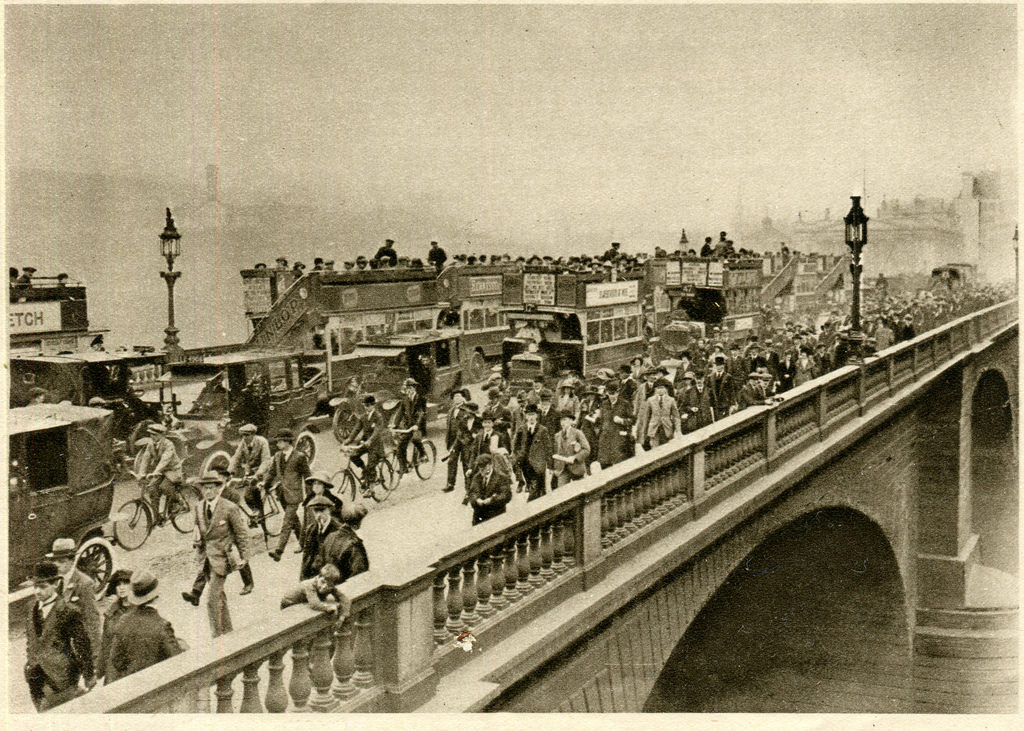London fog: a century of pollution and mortality, 1866-1965
by Walker Hanlon (UCLA)

For more than a century, London struggled with some of the worst air pollution on earth. But how much did air pollution affect health in London? How did these effects change as the city developed? Can London’s long experience teach us lessons that are relevant for modern cities, from Beijing to New Delhi, that are currently struggling with their own air pollution problems?
To answer these questions, I study the effects of air pollution in London across a full century from 1866 to 1965. Using new data, I show that air pollution was a major contributor to mortality in London during this century – accounting for at least one out of every 200 deaths during this century.
As London developed, the impact of air pollution changed. In the nineteenth century, Londoners suffered from a range of infectious diseases, including respiratory diseases like measles and tuberculosis. I show that being exposed to high levels of air pollution made these diseases deadlier, while the presence of these diseases made air pollution more harmful. As a result, when public health and medical improvements reduced the prevalence of these infectious diseases, they also lowered the mortality cost of pollution exposure.
This finding has implications for modern developing countries. It tells us that air pollution is likely to be more deadly in the developing world, but also that investments that improve health in other ways can lower the health costs of pollution exposure.
An important challenge in studying air pollution in the past is that direct pollution measures were not collected in a consistent way until the mid-twentieth century. To overcome this challenge, this study takes advantage of London’s famous fog events, which trapped pollution in the city and substantially increased exposure levels.
While some famous fog events are well known – such as the Great Fog of 1952 or the Cattle Show Fog of 1873, which killed the Queen’s prize bull – London experienced hundreds of lesser-known events over the century I study. By reading weather reports from the Greenwich Observatory covering over 26,000 days, we identified every day in which heavy fog occurred.
To study how these fog events affected health, I collected detailed new mortality data describing deaths in London at the weekly level. Digitised from original sources, and covering over 350,000 observations, this new data set opens the door to a more detailed analysis of London’s mortality experience than has previously been possible.
These new mortality data allow me to analyse the effects of air pollution from a variety of different angles. I provide new evidence on how the effects of air pollution varied across age groups, how the effect on different age groups evolved over time, how pollution interacted with infectious diseases and other causes of death, etc. This enriches our understanding of London’s history while opening up a range of new possibilities for studying the impact of air pollution over the long run.

